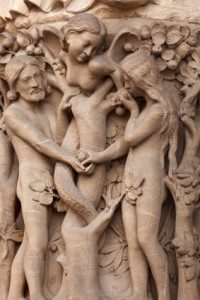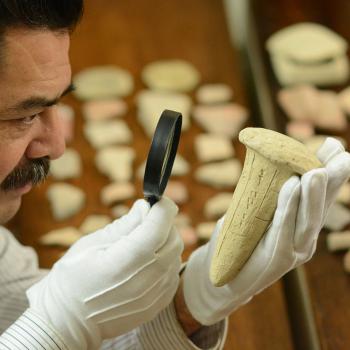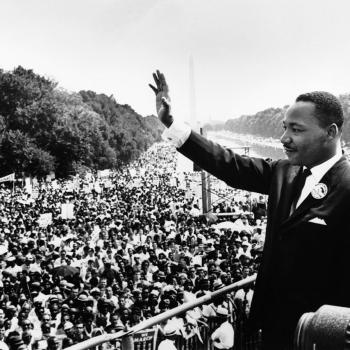 The 1999 film American Beauty captured the imaginations of multitudes of Americans. The movie engages American middle class notions of what is deemed beautiful and personally satisfying. The film speaks to me on many levels, including the theme that things are not always as they appear. People live behind white picket fences and rose bushes in beautiful homes; they give the appearance that all is well and everything is in order, when such is not the case. The film also reminds me of how often we look for satisfaction in all the wrong places.
The 1999 film American Beauty captured the imaginations of multitudes of Americans. The movie engages American middle class notions of what is deemed beautiful and personally satisfying. The film speaks to me on many levels, including the theme that things are not always as they appear. People live behind white picket fences and rose bushes in beautiful homes; they give the appearance that all is well and everything is in order, when such is not the case. The film also reminds me of how often we look for satisfaction in all the wrong places.
American Beauty brings me back to the primal story involving the biblical characters Adam and Eve in the Garden of Eden (Genesis 3), where everything was not as it appeared. Just as the Cain and Abel story that follows it (Genesis 4) was an ancient classic for John Steinbeck because he saw it as everyone’s story, so it is with this classic that precedes it. Here is what Steinbeck writes about the Cain and Abel story through the character Lee in East of Eden: The story of Cain and Abel is “the best-known story in the world because it is everybody’s story. I think it is the symbol story of the human soul . . . I think this old and terrible story is important because it is a chart of the soul—the secret, rejected, guilty soul.” Elsewhere Lee claims, “No story has power, nor will it last, unless we feel in ourselves that it is true and true of us. . . .” Again he states, “And here I make a rule—a great and lasting story is about everyone or it will not last. The strange and foreign is not interesting—only the deeply personal and familiar.”[1] (See my blog post on the Cain and Abel story and Steinbeck’s East of Eden: “Bring It Home with John Steinbeck’s ‘East of Eden’”) In my estimation, something similar could be said of the account of Adam and Eve. It is everyone’s story, including middle class people fixated with fictional notions of American beauty.
Adam and Eve were not satisfied with their relationship with God. Perhaps it was the result of the serpent’s temptation. Perhaps the serpent planted in their imaginations thoughts that they were missing out on life. The serpent, like many advertisements and songs, tempts us today by saying our lives will be complete if we purchase this or that product or pill, or have this affair. Like those ancient humans, how often do we fall for it and take a bite? Like them, the characters in American Beauty and we are frustrated with life as we experience it. We want to be liberated, like God, knowing good and evil; we want to experience everything that life has to offer—even forbidden fruit. As with our archetypal ancestors, the grass always looks greener on the other side of the white picket fence. But is it really?
As in the Garden and American Beauty, we often cover up our brokenness, nakedness and frustrations based on not achieving the Edenic/Idyllic-American Dream with properly pruned ‘rose bushes’. We hope God and our peers won’t notice. We don’t want to be exposed. Religious and non-religious folks cover up their warts, wrinkles and scars in various ways. We use religious materials and materialism, among other things, to present a rosy picture. What are some of those things we use to cover up our lack and longings and project glossy images? No matter what we use to shroud the problem, we end up pricking ourselves with our red, pink and white-rosy lies; after all, roses often come with thorns. Will the cycle of projecting glossy deceits ever stop? Moreover, will we ever experience freedom and liberation inside or outside Eden?
____________
[1]John Steinbeck, East of Eden, Steinbeck Centennial Edition (New York: Penguin Books, 2002), pages 266, 268-269.

















